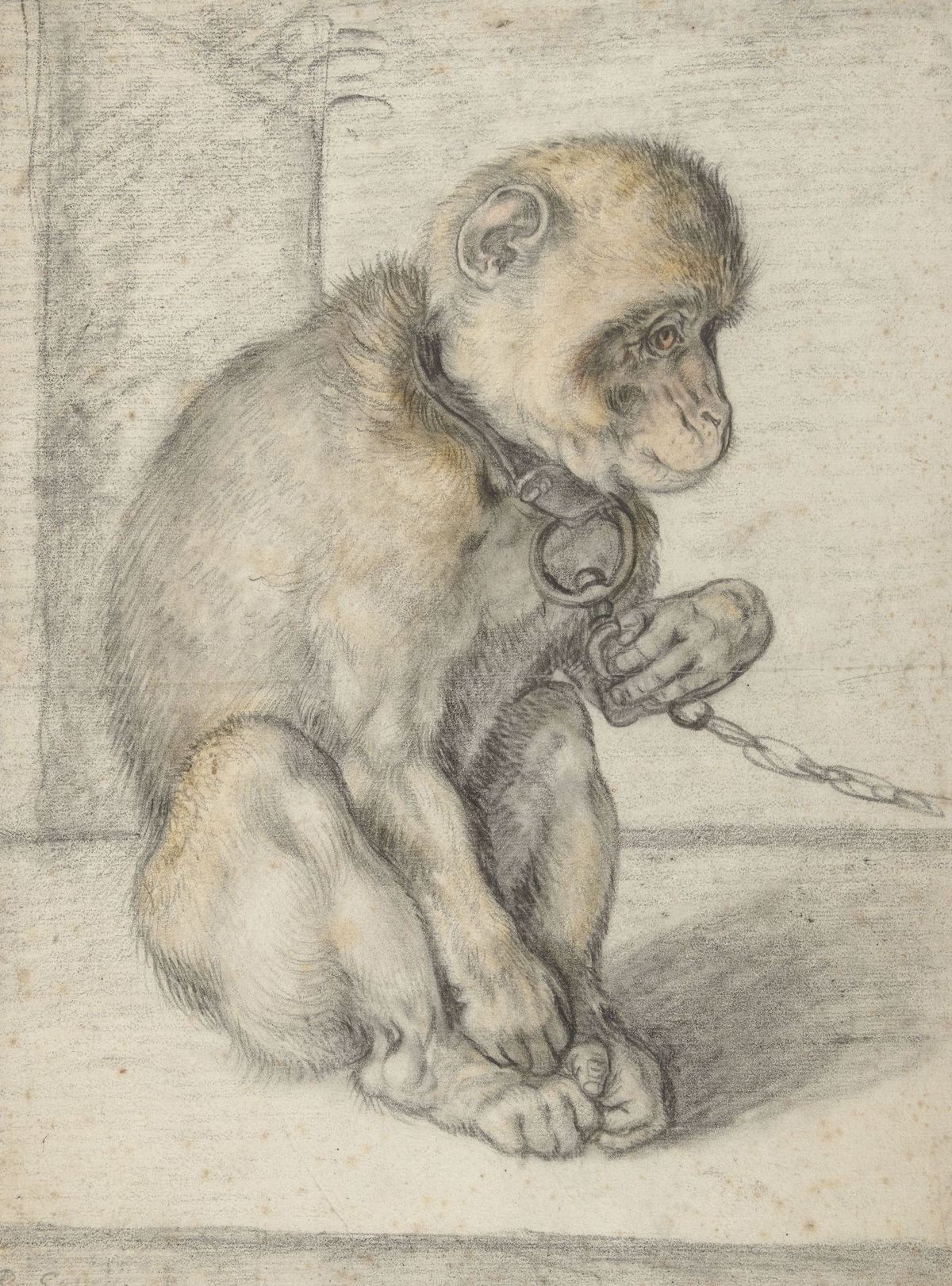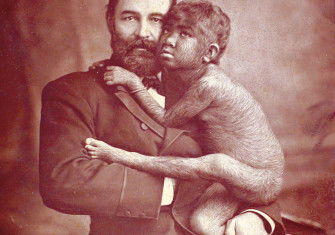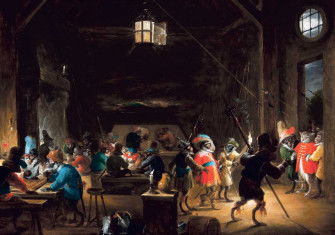Pet Monkeys in Victorian Britain
Pet monkeys became a popular fashion accessory for the Victorians, found in homes across the country. But they were rarely living a life of luxury.

In December 1900 distressed animal lover ‘V.E.N’ informed fellow readers of The Bazaar magazine about a disturbing incident involving his pet marmoset, Binkie. A recent purchase, the marmoset, ‘a common white-eared specimen’, appeared ‘thin and badly fed’, so was ‘tied to a long cord and allowed to roam around a warm room, it being winter’. On returning home one day, however, V.E.N entered the room and caught the primate ‘in the very act of devouring’ a bullfinch that he kept in a cage in the same apartment, ‘whom he had suspended through the top wires of the cage by his strong claws’. Traumatised by this shocking discovery, V.E.N concluded ‘that birds are the usual food of marmosets in their wild state’, and that this explained why captive monkeys ‘do not thrive on fruit and nuts’. He duly amended his pet’s diet to include mealworms, ‘raw beef, egg and plenty of fruit’, though ‘I am bound to say “Binkie” does not appreciate dead meat’.







